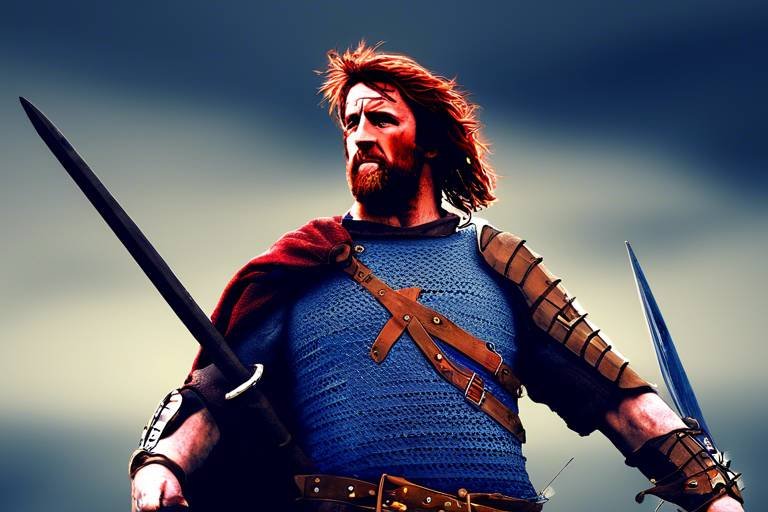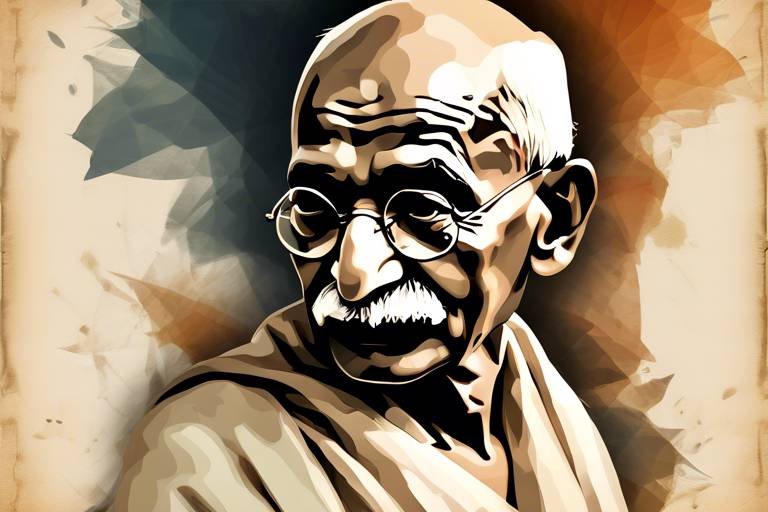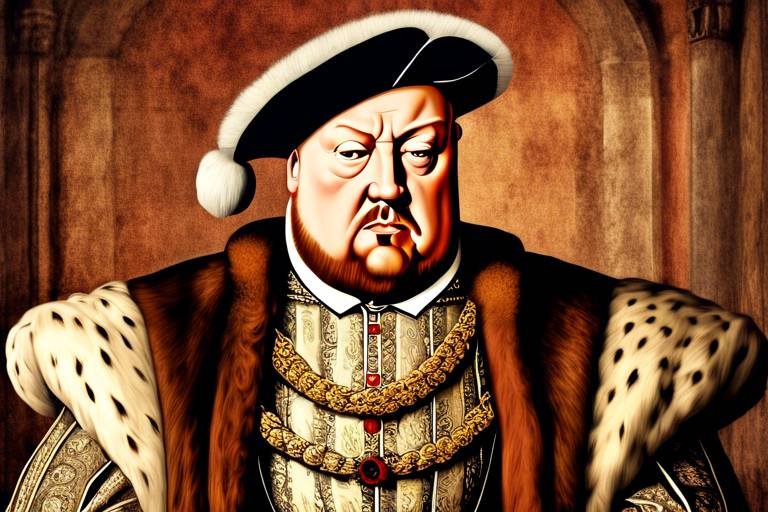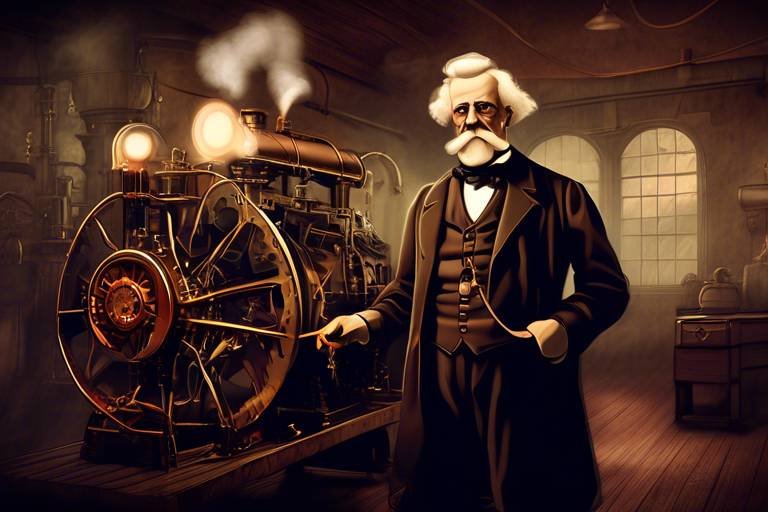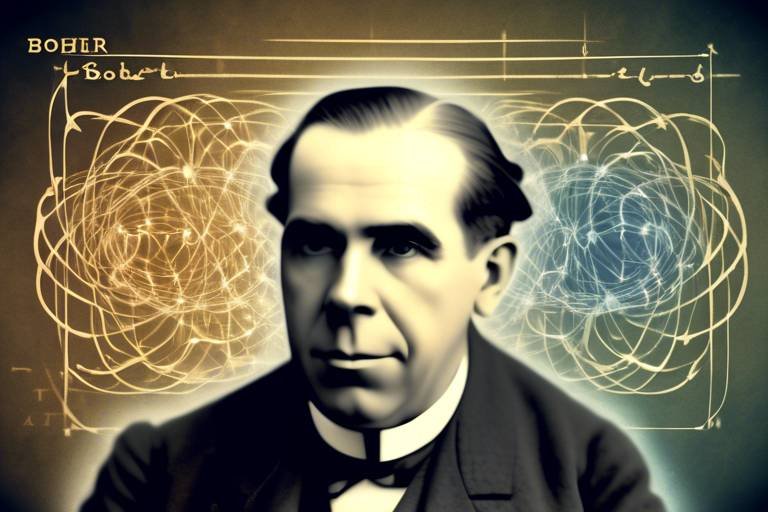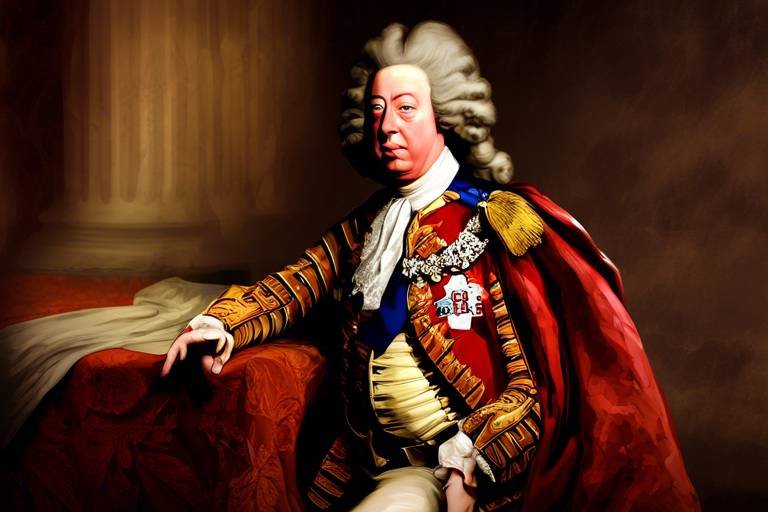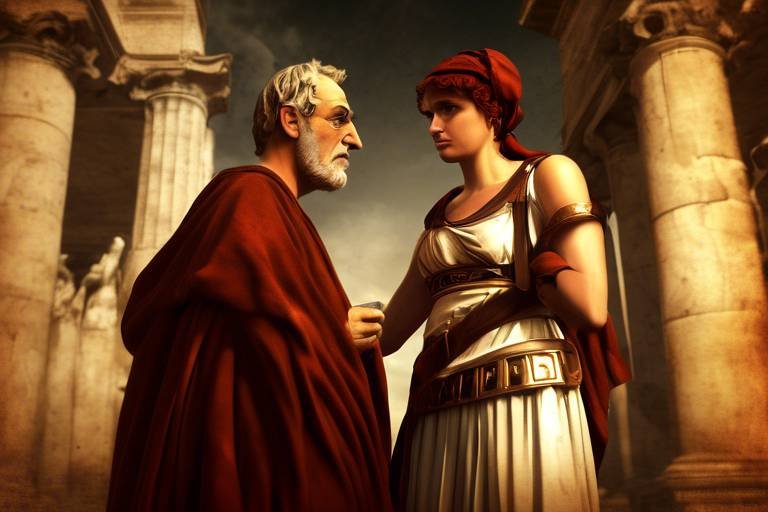William Wallace: The Scottish Hero
William Wallace, the Scottish Hero, is a figure shrouded in legend and revered for his valiant efforts in the fight for Scottish independence. Born in the late 13th century, Wallace's early life was marked by hardships and challenges that would ultimately shape his destiny. His unwavering determination and courage would later propel him to become a symbol of resistance against English oppression.

Early Life and Background
William Wallace, a name that echoes through the annals of Scottish history as a symbol of courage, defiance, and unwavering patriotism. His legendary tale of resistance against English oppression has inspired generations and kindled the flames of independence. In this article, we delve into the life, struggles, and legacy of the Scottish hero, exploring the man behind the myth and the enduring impact of his actions.
William Wallace was born in the late 13th century, in a Scotland torn by internal strife and external threats. Little is known about his early years, but it is believed that he hailed from a noble family with ties to the Scottish nobility. Growing up amidst the turmoil of the Scottish Wars of Independence, Wallace witnessed firsthand the brutal realities of English rule and the erosion of his country's sovereignty.
His formative years were shaped by the harsh realities of living under English occupation, where injustices and atrocities were a daily occurrence. The oppressive regime fueled a growing sense of resentment and a desire for freedom within Wallace, laying the foundation for his future role as a champion of Scottish independence.
Despite the lack of detailed historical records about his upbringing, it is clear that Wallace's early experiences instilled in him a deep-rooted love for his homeland and a fierce determination to resist the forces seeking to subjugate Scotland.

Outrage Over English Rule
William Wallace's outrage over English rule was deeply rooted in the injustices and oppression faced by the Scottish people under English governance. The execution of his father by English forces served as a catalyst for Wallace's defiance and fueled his determination to resist the oppressive rule imposed upon his homeland. The heavy-handed tactics of the English overlords, their disregard for Scottish autonomy, and the systematic subjugation of the Scottish population further stoked Wallace's anger and ignited his fervor for rebellion.

Battle of Stirling Bridge
The Battle of Stirling Bridge stands out as a pivotal moment in the life of William Wallace, showcasing his strategic brilliance and unwavering determination in the face of English oppression. The stage was set for a clash of titanic proportions, with the fate of Scotland hanging in the balance.
As the English forces, led by the formidable Edward I, marched towards Stirling, Wallace saw an opportunity to strike a decisive blow for Scottish independence. With a smaller, but fiercely motivated army at his command, Wallace devised a daring plan to confront the English on the narrow bridge that spanned the River Forth.
On the day of the battle, the Scottish warriors, inspired by Wallace's leadership and vision, stood their ground against the English onslaught. The narrow bridge proved to be a tactical advantage for the Scots, funneling the enemy forces into a confined space where their numbers counted for little.
Wallace's strategic acumen came to the fore as he orchestrated a coordinated attack that caught the English off guard. The Scottish spearmen, fighting with ferocious determination, repelled wave after wave of English soldiers, inflicting heavy casualties and sowing chaos in the enemy ranks.
Amidst the chaos of battle, Wallace's unwavering resolve and tactical genius shone brightly. His ability to inspire his men to fight with unmatched courage and unity was instrumental in securing a stunning victory against all odds. The Battle of Stirling Bridge was not just a military triumph; it was a testament to the power of leadership, strategy, and the unbreakable spirit of the Scottish people.
After the dust settled and the echoes of battle faded, the significance of the victory became clear. The Battle of Stirling Bridge marked a turning point in the struggle for Scottish independence, galvanizing the nation and inspiring future generations to continue the fight against English tyranny.

Declaration of Guardian of Scotland
After a series of victories against the English forces, William Wallace's leadership and unwavering commitment to Scotland's independence culminated in his declaration as the Guardian of Scotland. This pivotal moment marked a significant turning point in the country's fight for freedom, solidifying Wallace's position as a national hero and symbol of resistance.

Betrayal and Capture
William Wallace's journey towards becoming a legendary figure was not without its trials and tribulations. Despite his valiant efforts to secure Scotland's independence, betrayal lurked in the shadows, ultimately leading to his capture by the English forces. The betrayal of Wallace by Sir John de Menteith, a Scottish nobleman who sided with the English, marked a dark turn in the hero's fate.
As Wallace faced capture, his unwavering spirit and determination did not falter. His resilience in the face of adversity only served to solidify his status as a symbol of Scottish resistance against oppressive rule. The English authorities, threatened by Wallace's influence and popularity, orchestrated his capture to quell the growing rebellion.
Following his betrayal and subsequent capture, William Wallace endured a harrowing trial that culminated in his unjust execution. Despite facing insurmountable odds, Wallace remained steadfast in his beliefs and unwavering in his commitment to Scotland's cause. His sacrifice and unwavering courage in the face of betrayal have etched his name into the annals of history as a true Scottish hero.

Legacy and Folklore
William Wallace's legacy as a Scottish hero transcends time, weaving its way through the tapestry of folklore and popular culture. His name evokes images of courage, defiance, and unwavering patriotism. The tale of Wallace's valiant stand against English oppression has been passed down through generations, each retelling adding a new layer of heroism to his legend.
Within Scottish folklore, William Wallace is elevated to the status of a mythical figure, a symbol of resistance against tyranny. Stories of his daring escapades, strategic brilliance, and unyielding spirit have been immortalized in ballads, poems, and oral traditions. He is portrayed as a larger-than-life character, embodying the ideals of freedom and independence that resonate deeply with the Scottish people.
Furthermore, literature and popular culture have embraced William Wallace as a central figure in tales of heroism and sacrifice. From epic poems to blockbuster films, his story has been retold in various forms, capturing the imagination of audiences worldwide. The iconic portrayal of Wallace by actors such as Mel Gibson in "Braveheart" has further solidified his place in the pantheon of historical legends.
Despite the embellishments and romanticized portrayals, William Wallace's legacy endures as a symbol of defiance against oppression and a beacon of hope for those fighting for their rights. His courage in the face of overwhelming odds continues to inspire individuals and movements striving for justice and freedom. The spirit of William Wallace lives on, a timeless reminder of the power of resilience and the enduring legacy of a true Scottish hero.

Historical Controversies
William Wallace's life is shrouded in historical controversies that continue to spark debates among scholars and enthusiasts alike. One of the most contentious issues is the extent of Wallace's involvement in various battles and skirmishes during the Scottish Wars of Independence. Some accounts portray him as a strategic mastermind, while others suggest he was more of a guerrilla fighter relying on hit-and-run tactics.
Another point of contention is Wallace's portrayal in popular culture versus historical records. The iconic image of Wallace as a towering figure fighting for Scottish freedom contrasts with the more nuanced and complex individual depicted in historical documents. Separating fact from fiction in the legend of William Wallace remains a challenge for historians.
Furthermore, the circumstances surrounding Wallace's betrayal and capture have raised questions about the loyalty of his allies and the motivations of those who turned against him. The mystery of who betrayed Wallace to the English authorities continues to intrigue researchers, adding a layer of intrigue to his already dramatic story.
Additionally, the accuracy of primary sources detailing Wallace's life and deeds has been a subject of debate. The lack of contemporary accounts and the reliance on later chronicles have led to discrepancies and contradictions in the narratives surrounding Wallace's actions, making it difficult to establish a definitive version of events.
Despite the controversies and uncertainties surrounding William Wallace's life, one thing remains clear: his legacy as a symbol of Scottish resistance and independence endures through the ages, inspiring generations to stand up against oppression and fight for their beliefs.

Monuments and Memorials
Monuments and memorials dedicated to William Wallace stand as testaments to his enduring legacy and the impact he had on Scottish history. These structures, scattered across Scotland and beyond, serve as reminders of his heroism and sacrifice in the fight for independence.
One of the most famous monuments honoring William Wallace is the Wallace Monument in Stirling. This towering structure overlooks the site of the Battle of Stirling Bridge, commemorating his leadership and the victory against English forces. Visitors can climb the monument to enjoy panoramic views and learn more about Wallace's life through exhibits and displays.
Another notable memorial is the National Wallace Monument in Aberdeen. This impressive edifice features intricate sculptures and reliefs depicting key moments in Wallace's life, from his defiance against English rule to his ultimate sacrifice for Scotland's freedom. The monument serves as a pilgrimage site for those seeking to pay their respects to the Scottish hero.
Throughout Scotland, plaques, statues, and markers also honor William Wallace, marking significant locations tied to his life and legacy. From the historic streets of Edinburgh to the rugged landscapes of the Highlands, these tributes ensure that Wallace's story remains alive in the hearts of the Scottish people.
Internationally, William Wallace's memory is honored through replicas and tributes in countries that admire his courage and determination. These global monuments symbolize the universal appeal of Wallace's quest for freedom and his unwavering commitment to his country's independence.
Each monument and memorial dedicated to William Wallace serves as a beacon of inspiration, reminding future generations of the power of resilience, bravery, and the enduring spirit of those who fight for what they believe in.

Inspiration for Independence Movements
William Wallace's legacy as a symbol of resistance and freedom has transcended time and borders, inspiring independence movements across the globe. His unwavering dedication to Scotland's sovereignty and his fearless stand against oppression have become a beacon of hope for those fighting for self-determination.
Just as Wallace rallied his fellow Scots to resist English domination, his story resonates with people facing similar struggles worldwide. His courage in the face of adversity serves as a reminder that one individual's actions can ignite a spark that fuels a larger movement for independence.
From the hills of Scotland to distant lands, the tale of William Wallace continues to motivate those yearning for freedom from oppressive regimes. His legacy is not just a historical footnote but a living inspiration for those who believe in the power of perseverance and the right to determine one's own destiny.
Frequently Asked Questions
- Who was William Wallace?
William Wallace was a Scottish knight who became one of the main leaders during the First War of Scottish Independence. He is best known for his role in the Scottish rebellion against English rule in the late 13th century.
- What was the Battle of Stirling Bridge?
The Battle of Stirling Bridge was a significant military confrontation that took place on September 11, 1297, where William Wallace and Andrew Moray led a Scottish army to victory against the English forces led by John de Warenne and Hugh de Cressingham.
- Why is William Wallace considered a hero?
William Wallace is regarded as a hero for his unwavering commitment to Scottish independence and his leadership in the face of English oppression. His courage, strategic brilliance, and sacrifice have made him a symbol of Scottish resistance and freedom.
- What happened to William Wallace after his capture?
After his capture by the English in 1305, William Wallace was subjected to a trial where he was found guilty of treason and atrocities against English civilians. He was then executed in a brutal manner, becoming a martyr for the Scottish cause.
- How is William Wallace remembered today?
William Wallace's legacy lives on through various monuments, memorials, and cultural representations across Scotland and beyond. His story continues to inspire those fighting for independence and self-determination around the world.

